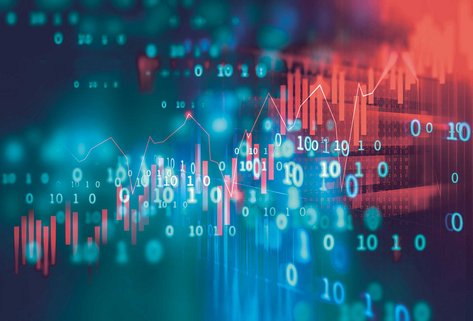 AdobeStock / Rostislav Sedlacek
AdobeStock / Rostislav Sedlacek
The use of AI in social security
ed* Nr. 01/2019 – Chapter 3
The potential applications of AI in the field of social security are enormous. This includes medical care, adaptive systems in robots carrying out dangerous activities in the working world, communication with insured persons and management of benefits. For example, considerable importance is attached to the use of AI in the early detection and treatment of chronic diseases. A reduction in healthcare expenditure in the hundreds of billions is forecast. A study looked at the use of AI with regard to three widespread diseases: obesity, dementia and breast cancer. By 2027, a savings potential of 90 billion euros is expected through the prevention of obesity in children, eight billion euros through the early detection of dementia, and 74 billion euros through the early detection and customised treatment of breast cancer.1
AI systems can assist and speed up people’s decisions by quickly providing relevant information regardless of the location, and by revealing hidden connections.2 An example of this is the EU-funded Smartnurse project. One of the aims of this project was to explore new forms of human-machine collaboration that can be integrated into real-life educational situations for the healthcare sector. One of the project’s experiments illustrates how students, trainees and patients can be assisted. During a simulated resuscitation, nursing students were equipped with a portable intelligent assistant. This assistant can assess chest compression techniques during a resuscitation attempt and provide feedback in real time. On request, it provides further information, including suggestions on how to proceed, answers to medical questions, and information on hospital regulations.3 In view of the ageing society and the shortage of nursing staff, the use of AI is also being increasingly considered in the area of long-term care. Japan, for example, wants to increase the use of robots and artificial intelligence in long-term care because of its rapidly ageing society. The Japanese government estimates that there will be a shortage of around 370,000 people in the long-term care sector by 2025.4

These are just a few examples of how AI can be used in social security. The European market for AI is expected to grow from around three billion euros in 2019 to 10 billion euros in 2022, according to estimates by the digital association Bitkom. Healthcare is one of the most prominent fields for the application of artificial intelligence.5 However, AI systems can also be used in areas other than medical care. They can help to more accurately evaluate the billing of services and more efficiently make fact-based decisions, for example in hospital invoice auditing.6 Manual processes can be automated by virtual processing, which classifies correspondence, prioritises it and forwards it to the relevant ‘human processor’. AI could also be used to identify and select cases of judicial recourse in the fight against fraud.7

These are just a few examples of how AI can be used in social security. The European market for AI is expected to grow from around three billion euros in 2019 to 10 billion euros in 2022, according to estimates by the digital association Bitkom. Healthcare is one of the most prominent fields for the application of artificial intelligence.11 However, AI systems can also be used in areas other than medical care. They can help to more accurately evaluate the billing of services and more efficiently make fact-based decisions, for example in hospital invoice auditing.12 Manual processes can be automated by virtual processing, which classifies correspondence, prioritises it and forwards it to the relevant ‘human processor’. AI could also be used to identify and select cases of judicial recourse in the fight against fraud.13
The use of AI systems that can assist people in their decision-making or even surpass it in terms of accuracy and speed is already a reality. The path to harnessing the full potential of AI – making autonomous decisions with limited human intervention – is no longer that far away.

